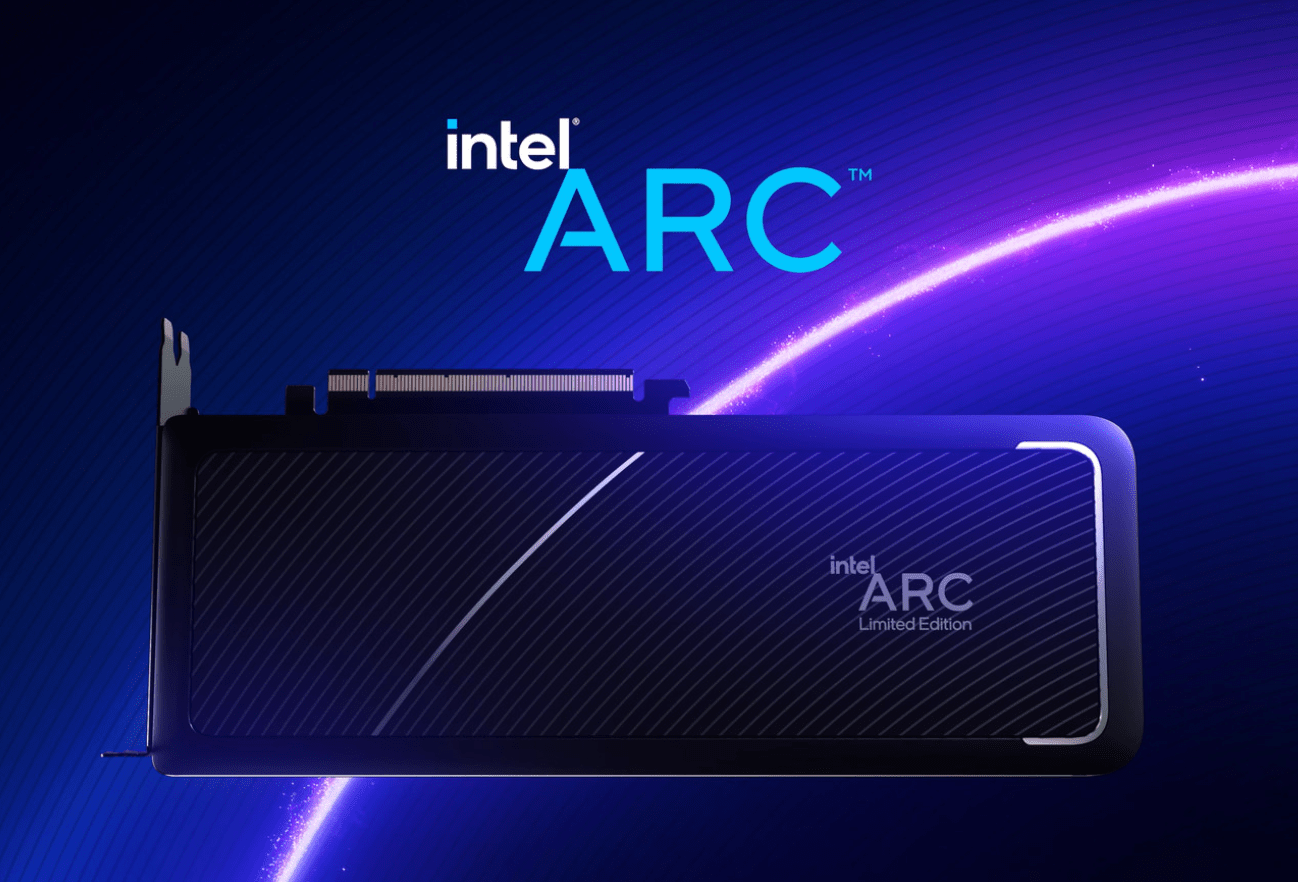Cloud computing has completely changed the way businesses store data. Nonetheless, many well-known companies wonder if moving their IT infrastructure from on-premises to the cloud is a wise decision.
Now, as cloud adoption gains momentum, many businesses are focusing on the distinctions between on-premises and cloud solutions to determine the best option for them.
If you want to learn the key differences between on-premise and cloud computing, this article is worth a read. Go through it and you will be able to determine the right solutions for you.
Let us begin by defining terms. Specifically, what is the cloud, and what does on-premise stand for?
An Overview of Cloud Solutions and On-Premises
- Cloud solution
The term “cloud” describes the on-demand computer services that are delivered over the internet on “Pay As You Use” plans. Simply put, you can manage files and services more affordably over the Internet than on a local storage device.
- On-Premises
On-premise means IT hardware and software that are housed and maintained within a company’s actual physical location. In other words, on-premise refers to software installation on hardware owned by the company and situated on the company’s actual property, typically in the data center.
Differences Between On-Premises and Cloud Solutions
| Aspect | Cloud Solutions | On-Premises Solutions |
| Deployment | Hosted online, accessed via the internet | Hosted locally within the organization |
| Cost Structure | Subscription-based, pay-as-you-go | High upfront costs for hardware/software |
| Scalability | Easily scalable based on demand | Limited by physical hardware |
| Maintenance | Managed by provider | Requires in-house IT |
| Security | Provider manages; shared responsibility | Full control and responsibility |
| Accessibility | Accessible from anywhere online | Typically on-site or via VPN |
| Updates | Automatic updates by vendor | Manual updates with planned downtime |
| Data Control | Data off-site, controlled by provider | Full data control locally |
| Compliance | Provider-managed, with varying standards | Tailored compliance controls |
| Performance | Dependent on internet and provider | Dependent on local hardware capacity |
Below are some more differences between Cloud vs. On-Premises Solutions.
1. Compliances
On-Premises: Regardless of industry, many businesses nowadays are subject to regulatory regulation. There are many more, such as the Family Educational Rights and Privacy Act (FERPA), which protects student records in great detail, and other laws from the government and business community.
The Health Insurance Portability and Accountability Act (HIPAA) is arguably the most well-known one for private health information. It is crucial for businesses that must abide by these rules to always be compliant and aware of the location of their data.
Cloud: If an organization decides to use a cloud computing model, it needs to make sure that the third-party provider complies with all applicable industry regulations and is up-to-date. Customers, partners, and staff members’ privacy needs to be protected, and sensitive data needs to be secured.
2. Control in On-premises and Cloud Solutions
On-premises: You have total control over your IT environment when you use on-premises infrastructure. It is your choice to precisely tailor network configurations, software, and hardware to your own requirements. Higher initial outlay and continuing managerial duties are associated with this degree of control.
Cloud solutions: When you use cloud solutions, you give the cloud provider direct control over the underlying software and hardware. This implies that you have less control over system upkeep and configuration. On the other hand, enhanced scalability and cost-efficiency are frequently the outcomes of this trade-off.
3. Cost of On-premises and Cloud Solutions
Overall, cloud computing is less expensive than on-premises computing. When using on-premises solutions, your company is responsible for purchasing and maintaining new gear. You cover all maintenance costs on your own and are in charge of the gear.
On the other hand, you can purchase any gear or physical infrastructure you want without using the cloud. This means that renting a cloud server is less expensive than buying and maintaining your own hardware because the cloud providers handle all of the software, hardware, and maintenance.
When comparing the costs of on-premises versus cloud infrastructure, you must also include the cost of the premises. The firm must additionally pay for recurring server hardware, electricity, and space expenditures when using on-premises.
4. Security
On-Premises: Organizations requiring a high degree of security and privacy, such as the government and financial sectors, are those that handle extremely sensitive data. An on-premises environment makes more sense despite some of its disadvantages and higher costs because, in many companies, security remains the top priority, even with the promise of the cloud.
Cloud: The biggest obstacle preventing the widespread use of cloud computing is still security concerns. Concerns have been raised by IT departments worldwide due to the numerous reported cloud breaches.
There are legitimate security risks, ranging from the loss of intellectual property to the exposure of employee personal information like login credentials.
5. Requirement of Expertize
On-premises: An experienced IT staff is needed to manage the hardware, software, and network infrastructure of on-premises infrastructure. This covers things like setting up servers, updating software, troubleshooting networks, and backing up data.
- For example, businesses that use on-premises email servers need IT personnel to install email software, maintain email servers, and configure network security.
Cloud solutions: Less internal IT knowledge is often needed for cloud solutions. Software updates, network security, and server maintenance are all handled by cloud providers.
- For instance, a small firm that uses Gmail or other cloud-based email services eliminates the need to maintain email servers or spam filters.
Cloud Solution or On-Premises: Which is the Right Solution?
The adoption of hybrid systems—which combine on-premises and cloud-based solutions—is a significant trend in numerous industries. This implies that you are not limited in how you use cloud-based or on-premises technologies. Alternatively, you can use both, depending on what is most needed.
For instance, you can store some of your most critical data on internal servers and store daily data on the cloud for easy access by all of your staff.
Conclusion: Finding the Right Choice
These are some of the key differences between cloud and on-premise solutions. The choice between cloud computing and on-premises infrastructure ultimately comes down to your risk tolerance, financial constraints, and unique company requirements. To find the ideal fit for your company, carefully evaluate your needs and think about speaking with IT professionals.
By being aware of the main distinctions, benefits, and drawbacks of each alternative, you can make an informed choice that advances your company.






